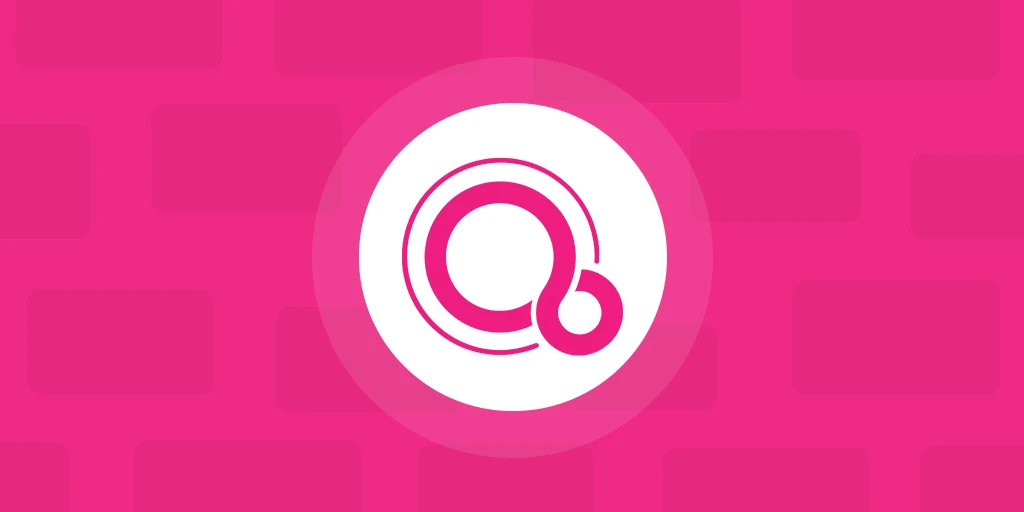
Any tech fan would know about the new OS, Google has been developing on since it has been going on for many years now. It has been kept under wraps and has attained a ‘mysterious’ reputation.
But what is this software all about? What can it do? How does it function? Is it going to be anything we are familiar with or completely groundbreaking? Tech fans seem to think it is completely revolutionary, and with the recent update a couple of weeks ago on Friday, it seems that they may be right since we have not seen the likes of it before.
Join us in breaking down how much we know of Fuchsia so far.Table of Contents
Google has been teasing its new Fuchsia software for a while now, with only a small glimpse of its features and continuous media hype with every single development. Earlier in 2019, Google hired a prominent Apple software engineer to bring the operating system into the market. There was an experimental browser version on GitHub since 2016.
On 28th June, Friday, Google seized the domain of Fuchsia.dev through Mountain View, a California-based company. This launched the new developer support site, which essentially sealed the deal about the legitimacy of the Google Fuchsia OS as a Google initiative. However, even with this revelation, we do not know much about the Google OS, other than the fact that Google is looking forward to reinventing open sourcing-with Fuchsia.
The Fuchsia Google is at its blueprint stage, containing details such as ‘Glossary’ and a ‘Getting Started’ guide where there are instructions for building and running apps that run on Fuchsia, apart from ‘Code of Conduct’, ‘Development’ and ‘Contributing Changes’. The most interesting section of the site has to be the System Documentation which tells you how Fuchsia works and is rather modular in nature, where it disposes of the familiar core components in favour of discrete functionality.
It even reveals the technical details about Google Fuchsia, and also gives out a key detail that might determine a lot of what its target audience is, and to be precise, it is not built for Linux.
For context, a lot of operating systems, for both mobile and desktop, are based on the Linux or UNIX kernel. Even Android is based on the Linux kernel. The Fuchsia OS, however, is based on a microkernel called Zircon, also previously known as Magenta.
This is a completely new OS kernel, which is a big leap and risk for Google. This implies that the OS will be vastly different from the Android OS. The only devices it can support, as of now, are Google Pixelbook, Intel NUC, and Acer Switch Alpha 12.
Zircon was designed to scale to any application from embedded RTOS, (an acronym for ‘Real Time Operating Systems’) to mobile and desktop devices of any kind. Other than being completely opposite to Android, there is also some speculation as to whether it might be the natural successor to Android, Chrome OS with respective to Chrome flags.
It can combine the capabilities of both along with backward compatibility to run legacy applications built on both of them. In short, it is designed to run on anything from 32-bit and 64-bit ARM cores to 64-bit X86 processors, with the potential to be a disruptive discovery.
This is almost everything we know about it, and it brings up many relevant questions, like whether or not a new OS kernel is required in the market, and whether or not Google will actually pull through with it. However, with its cross-platform compatibility and capabilities, it seems as though this might be a new breakthrough for technology.